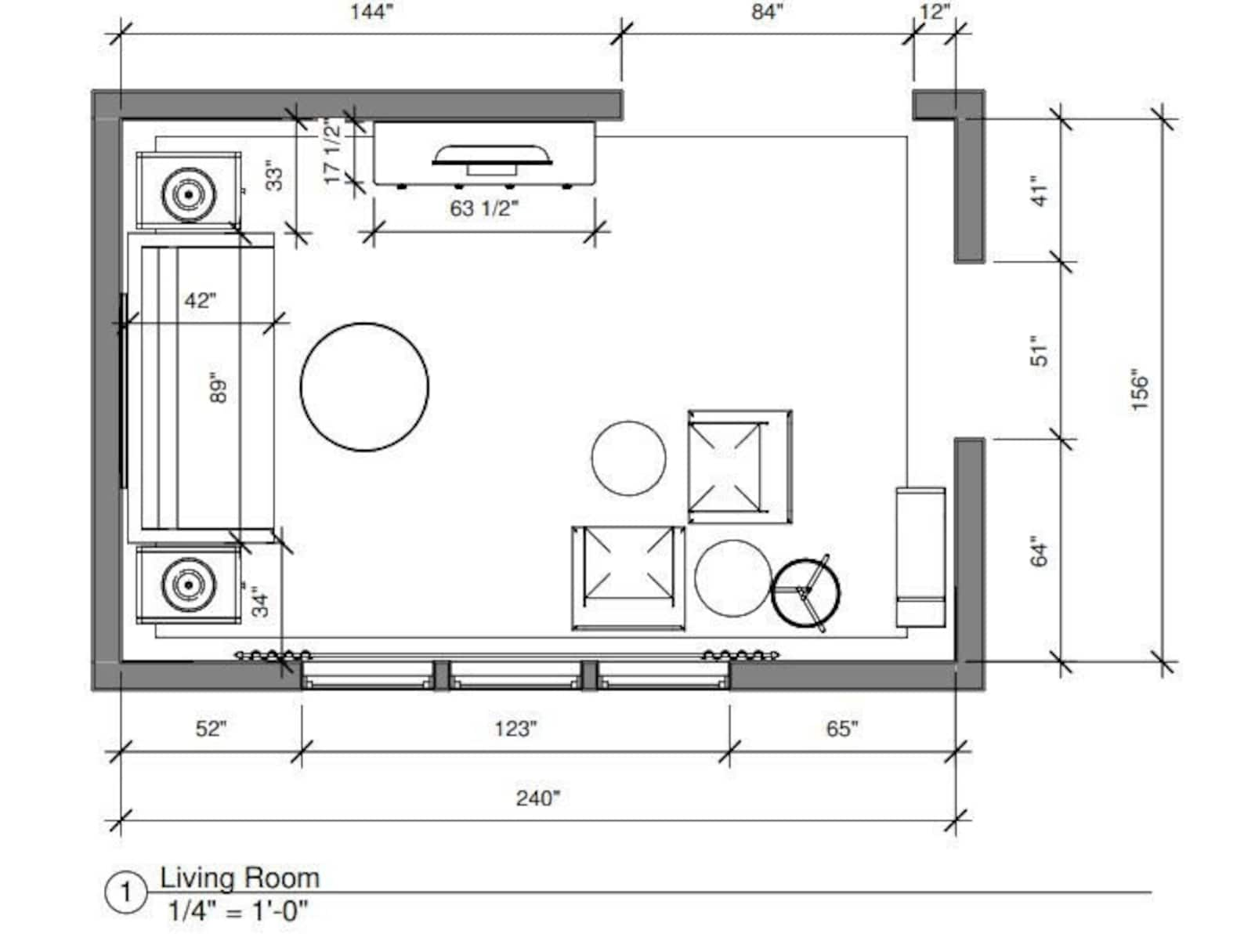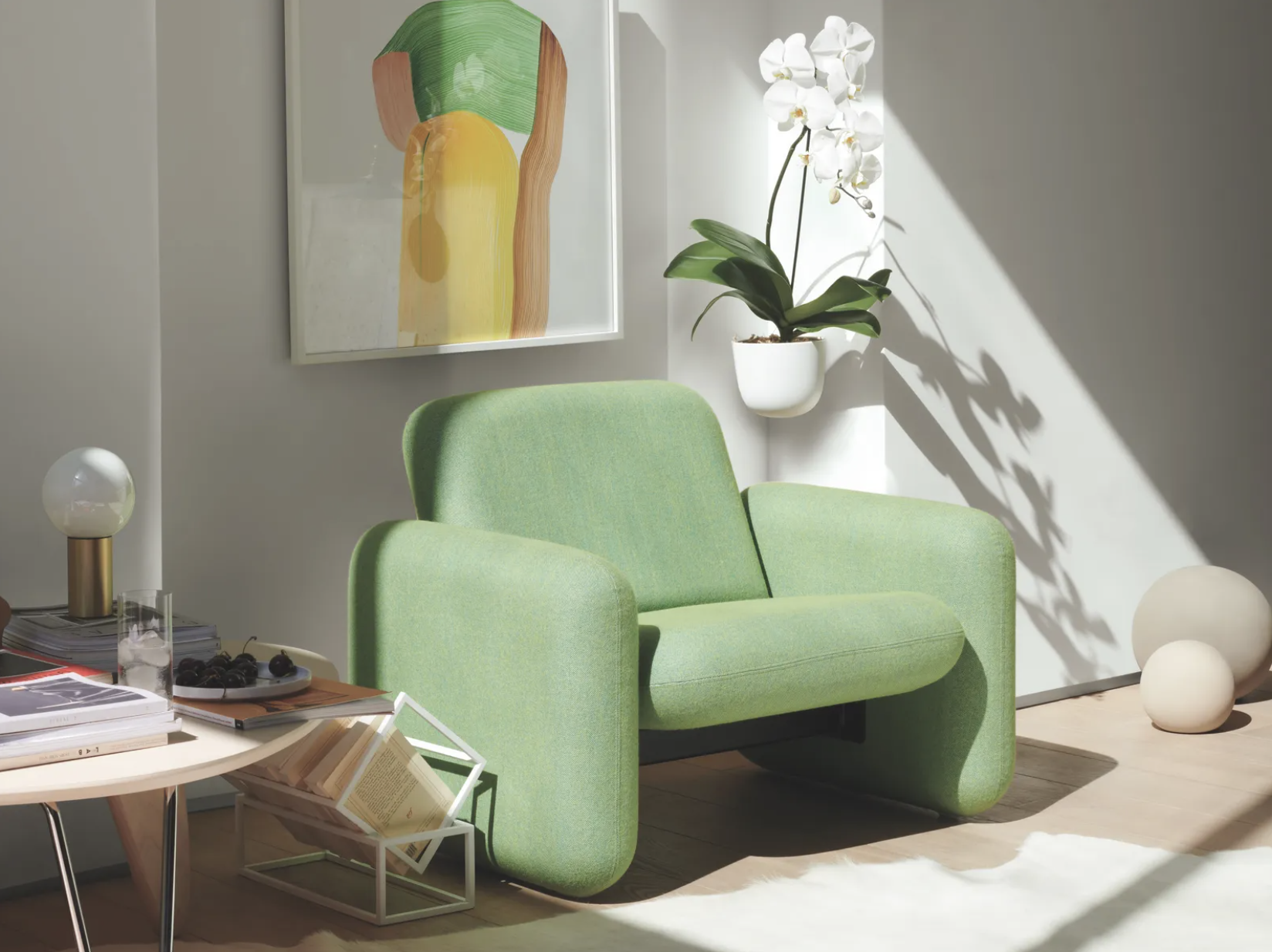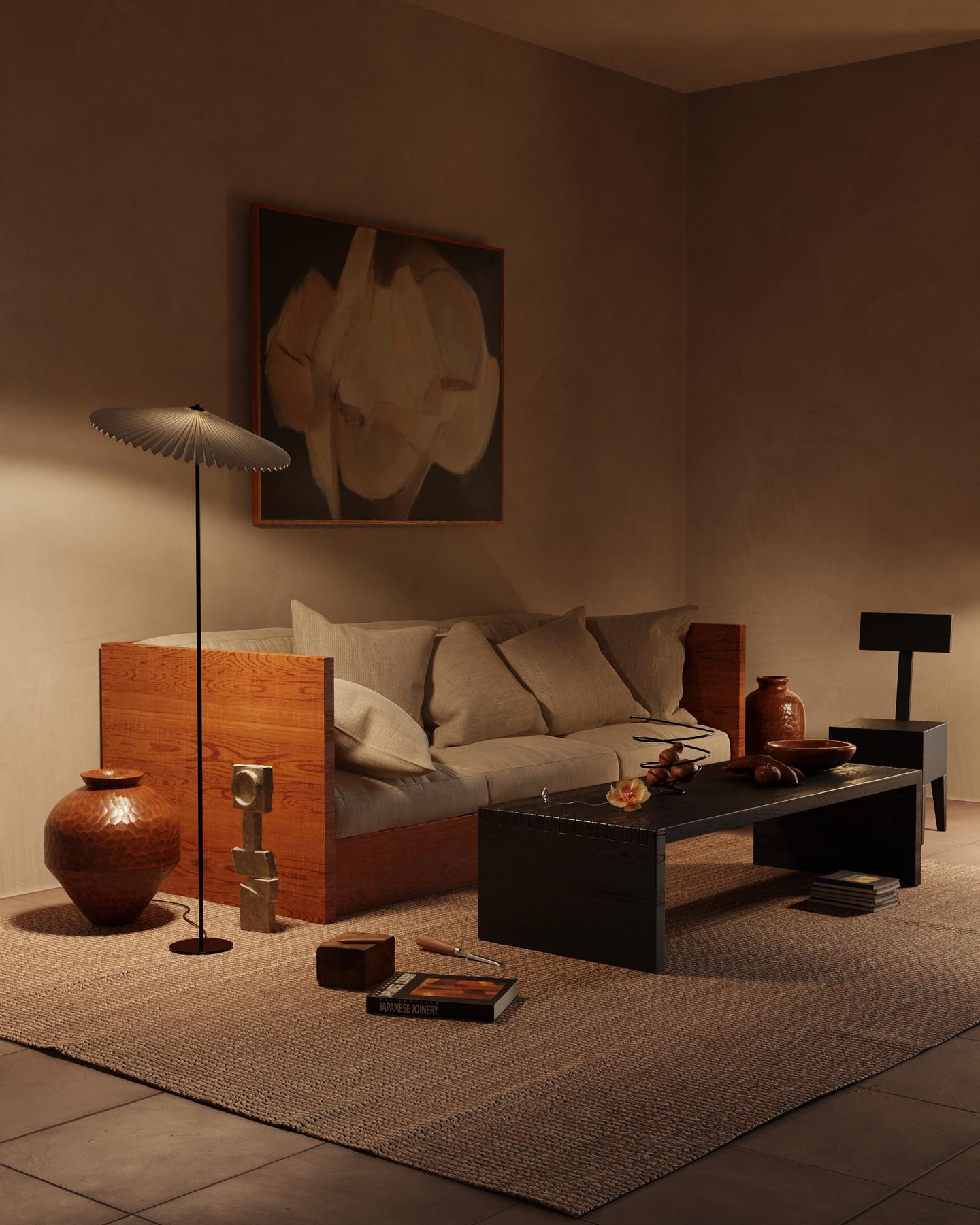
Hello, design enthusiasts! Ready to embark on a transformative journey through the intricacies of interior design? Inspired by the brilliant insights of Frida Ramstedt in 'The Interior Design Handbook', we’re going to break down complex design principles into digestible, actionable steps. Let's turn your home into a symphony of style and function.

Understanding Space: More Than Just Dimensions
- Analyzing Room Characteristics: Each room has a story, and understanding this story is key. Start by observing the natural light – does it flood the room at sunrise or sunset? Next, consider the room's shape and architectural features. Are there alcoves, bay windows, or structural columns? Frida teaches us to use these features to our advantage, not as hindrances. For instance, a bay window can become a cozy reading nook, while an alcove could host built-in shelves.
-
Furniture Placement Mastery: The placement of each furniture piece should serve the room's function and enhance its aesthetic appeal. In a living room, the sofa might be the largest piece, but it shouldn’t dominate. Frida suggests arranging seating in a way that fosters conversation and accessibility. The key is balance – ensuring no single piece overpowers the others, and there’s a harmonious flow that guides movement around the room.

The Alchemy of Color: Crafting Atmospheres
- Mastering Color Psychology: Colors are powerful mood influencers. For a calming ambiance, Frida advises using soft blues and greens, known for their serene qualities. For areas requiring energy and vitality, like a home office, consider warmer tones like yellows and light oranges. It’s also important to consider color temperatures; cooler tones can make a space feel more open and airy, while warmer tones can make it feel cozy and intimate.
- Creating a Cohesive Color Story: Cohesion in color is achieved when each hue complements the other. Frida recommends starting with a neutral base color for walls and larger furniture pieces. Then, add depth and interest with secondary and accent colors. If your base color is a light beige, your secondary color could be a rich navy, used in rugs or curtains, while accents could be pops of mustard yellow in cushions or artwork.
Textures and Patterns: The Subtle Nuances of Design
- Textural Contrasts for Depth: Textures bring an extra layer of richness to a room. Frida encourages mixing different textural elements – a leather armchair paired with a soft wool throw, or a sleek glass coffee table adorned with a rough, natural fiber mat. These contrasts create tactile interest and prevent the space from feeling one-dimensional.
- Pattern Play for Visual Interest: Integrating patterns is like adding spices to a dish – the right amount can create perfection, but too much can be overwhelming. Frida suggests choosing one bold pattern as a focal point, like a geometric rug or a floral accent wall, and keeping other patterns in the room more subdued. The key is to maintain a common color or theme that ties the patterns together.
Illuminating Spaces: The Power of Lighting
- Layering Light for Ambience: Effective lighting is all about layers. Ambient lighting provides overall illumination, task lighting focuses on specific activities, and accent lighting highlights key architectural features or artwork. Frida advises using various light sources – ceiling fixtures, table and floor lamps, wall sconces – to create a dynamic and flexible lighting scheme. Read more on tips for choosing Bedroom Lamps here.
- Selecting Light Fixtures as Decor Elements: Light fixtures are not just functional; they’re decorative elements. A statement chandelier can act as a centerpiece in a dining room, while sleek, minimalist pendants can complement a modern kitchen. Frida emphasizes considering the scale of the fixture in relation to the room size and ceiling height.

Accessorizing: Personalizing Your Space
- Curating Decor with Intention: Accessories are the final brushstrokes in your interior design painting. Frida recommends choosing pieces that have personal meaning or tell a story. This could be anything from a collection of vintage postcards framed on the wall, to a set of ceramic bowls picked up on your travels. The placement of these items is also crucial. Group smaller items together to create a focal point, and ensure larger items are positioned where they can be admired without obstructing movement.
-
Greenery as a Design Element: Plants are more than just decorative – they bring life and energy to a space. Frida highlights the importance of choosing plants that fit the light conditions of your room. For a low-light area, opt for shade-loving plants like snake plants or peace lilies. For brighter spaces, consider fiddle leaf figs or succulents. Play with plant heights and pot styles to add visual interest and depth to your space. Read more about our tips for indoor plants here.

Navigating Trends and Personal Style
- Balancing Trends and Timelessness: While keeping up with design trends can be exciting, Frida advises focusing on timeless pieces for the foundation of your décor – like a classic sofa or a solid wood dining table. Use trendier elements in accessories, like throw pillows or wall art, which are easier to change as trends evolve.
-
Reflecting Your Personal Journey: Your home should be a reflection of your life and experiences. Frida encourages incorporating elements that tell your personal story. This could be a gallery wall of photographs from your travels, a bookshelf displaying your favorite reads, or a collection of artisanal crafts that speak to your hobbies and interests.

By applying the principles and practical tips from Frida Ramstedt's 'The Interior Design Handbook', you can transform your home into a space that not only looks stunning but also resonates with your personal style and meets your everyday needs. Remember, the beauty of interior design lies in its ability to evolve with you, allowing your home to continually reflect your journey and growth. Now, equipped with these insights, you’re ready to take the next step in your interior design adventure!





























![Tom Misch & Yussef Dayes - Lift Off [LIVE]](http://www.shopclubgoods.com/cdn/shop/articles/dy5fnowwsaisqyq.jpeg?v=1584068162&width=180)





















